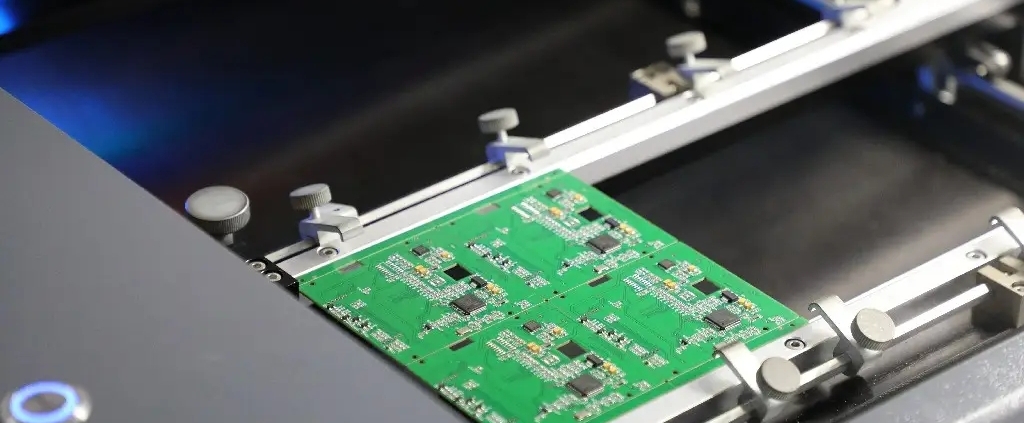How to deal with defective tin on circuit boards?
There are as many as 20 processes in the circuit board design and production process. Poor tin application on the circuit board is really a troublesome problem. Poor tin on the circuit board may cause such problems as line sand holes, line collapse, line dog teeth, open circuits, and small line sand holes. If the copper in the hole is too thin, there will be no copper in the hole; the tin removal is not clean (the number of times of tin withdrawal will affect the plating layer’s tin removal) and other quality problems. Therefore, encountering poor tin application often means that re-soldering is required or even all efforts are wasted. , needs to be remade.
How to deal with defective tin on circuit boards:
Circuit boards will not be properly tinned during SMT production. Generally, poor tinning is related to the cleanliness of the surface of the bare circuit board. If there is no dirt, there will basically be no tinning defects. Secondly, The flux itself is poor when tin is used, temperature, etc.
Improvement and prevention plans for circuit board soldering defects:
1. Regularly test and analyze the ingredients of the potion and add it in time to increase the current density and extend the plating time.
2. Check the anode consumption from time to time and replenish the anode reasonably.
3. Hexagonal cell analysis to adjust the brightener content.
4. Reasonably adjust the distribution of anodes, appropriately reduce the current density, reasonably design the wiring or paneling of the board, and adjust the brightener.
5. Strengthen pre-plating treatment.
6. Reduce the current density and perform regular maintenance or weak electrolysis treatment on the filter system.
7. Strictly control the storage time and environmental conditions during the storage process, and strictly operate the production process.
8. Use solvent to clean the debris. If it is silicone oil, then you need to use a special cleaning solvent for cleaning.
9. Control the temperature during circuit board welding to 55-80°C and ensure sufficient preheating time
10. Use flux correctly.
How to deal with defective tin on circuit boards:
Circuit boards will not be properly tinned during SMT production. Generally, poor tinning is related to the cleanliness of the surface of the bare circuit board. If there is no dirt, there will basically be no tinning defects. Secondly, The flux itself is poor when tin is used, temperature, etc.
Improvement and prevention plans for circuit board soldering defects:
1. Regularly test and analyze the ingredients of the potion and add it in time to increase the current density and extend the plating time.
2. Check the anode consumption from time to time and replenish the anode reasonably.
3. Hexagonal cell analysis to adjust the brightener content.
4. Reasonably adjust the distribution of anodes, appropriately reduce the current density, reasonably design the wiring or paneling of the board, and adjust the brightener.
5. Strengthen pre-plating treatment.
6. Reduce the current density and perform regular maintenance or weak electrolysis treatment on the filter system.
7. Strictly control the storage time and environmental conditions during the storage process, and strictly operate the production process.
8. Use solvent to clean the debris. If it is silicone oil, then you need to use a special cleaning solvent for cleaning.
9. Control the temperature during circuit board welding to 55-80°C and ensure sufficient preheating time
10. Use flux correctly.



